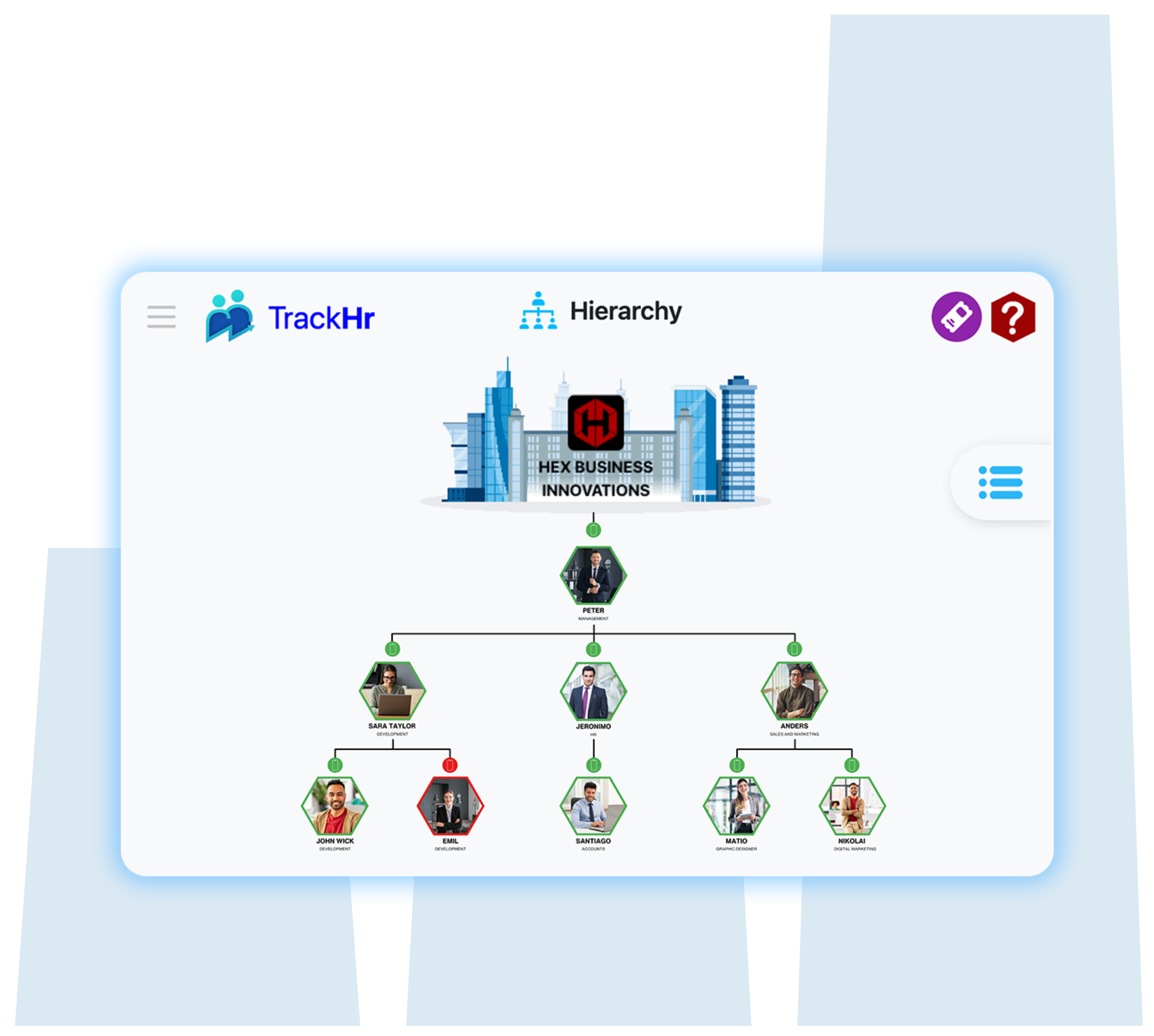Thursday, 13 Jun 2024
How We Built Face Recognition Software Named Sight by TrackHr: A Developer’s Perspective
In today’s digital age, face recognition technology is revolutionizing the way businesses operate, from enhancing security protocols to streamlining user experiences. At TrackHr, we embarked on an ambitious journey to develop our own face recognition software, which we named Sight. This blog post delves into the development process, the challenges we faced, and the innovations we implemented to bring Sight to life.
The Vision Behind Sight
The idea for Sight stemmed from a growing need among our clients for a robust, reliable, and easy-to-use face recognition system. Whether for attendance tracking, secure access control, or personalized user interactions, we envisioned a solution that would seamlessly integrate with existing systems while offering cutting-edge accuracy and speed.
Building the Core: The Technology Stack
Developing Sight required a thoughtful selection of technologies to ensure performance, scalability, and accuracy. Here’s an overview of the core technologies we used:
- Deep Learning Frameworks: We leveraged TensorFlow and PyTorch to build and train our neural networks. These frameworks are industry standards, providing extensive libraries and tools to streamline the development process.
- Face Detection and Alignment: The first step in face recognition is detecting and aligning faces in images. We used the MTCNN (Multi-task Cascaded Convolutional Networks) for this task, due to its high accuracy and efficiency.
- Face Embedding Generation: For converting faces into numerical vectors (embeddings), we utilized a pre-trained model based on the FaceNet architecture. This model maps faces to a 128-dimensional space where similar faces are close together.
- Database and Storage: We chose MongoDB for storing user data and face embeddings due to its flexibility and scalability. For storing images, we integrated AWS S3, ensuring secure and scalable storage.
- Backend and API: Our backend was built using Node.js and Express, providing a robust API for various operations such as user registration, face recognition, and data retrieval.
- Frontend Interface: For the user interface, we used React.js, allowing us to create a responsive and interactive experience for our users.
The Development Process
1. Data Collection and Preprocessing
The foundation of any machine learning model is data. We collected a vast dataset of images representing diverse demographics. This dataset was then preprocessed, involving tasks such as resizing, normalization, and augmentation to improve the model’s robustness.
2. Model Training
Training the face recognition model was an iterative process. We started with a pre-trained model and fine-tuned it on our dataset. The training involved:
- Loss Function: We used the triplet loss function, which ensures that the embeddings of similar faces are closer together while pushing dissimilar faces apart.
- Optimization: Adam optimizer was our choice for its efficiency in handling sparse gradients.
3. System Integration
Integrating the model into a functional system involved creating APIs for various functionalities:
- Face Registration: Users can register their faces in the system, which involves detecting the face, generating embeddings, and storing them securely.
- Face Recognition: For recognizing a face, the system detects the face, generates embeddings, and compares them with the stored embeddings using a nearest-neighbor search algorithm.
4. Performance Optimization
Performance is critical for face recognition applications. We optimized our system by:
- Model Compression: Techniques like quantization and pruning were used to reduce the model size without significant loss in accuracy.
- Efficient Search Algorithms: Implementing approximate nearest neighbor search reduced the time taken for face recognition.
Overcoming Challenges
Developing Sight was not without its challenges:
- Accuracy vs. Speed: Balancing accuracy and speed was a constant challenge. We had to ensure that the system was fast enough for real-time applications while maintaining high accuracy.
- Ethical Considerations: Ensuring the ethical use of face recognition technology was paramount. We implemented strict data privacy measures and provided users with clear information about data usage and storage.
The Result: Sight by TrackHr
After months of hard work and iterations, we successfully launched Sight. The software has been well-received by our clients, praised for its accuracy, speed, and user-friendly interface. Whether it’s for enhancing security, improving workforce management, or providing personalized experiences, Sight is making a significant impact across various industries.
Looking Ahead
The journey of developing Sight has been immensely rewarding, but it doesn’t end here. We are continuously working on improving the system, incorporating feedback from users, and staying abreast of the latest advancements in face recognition technology.
At TrackHr, we believe that the future of face recognition holds immense potential, and we are excited to be at the forefront of this innovation. Sight is just the beginning, and we are committed to pushing the boundaries of what’s possible, ensuring our clients always have access to the best technology available.
Conclusion
Building Sight has been a transformative experience for our team at TrackHr. It’s a testament to what can be achieved with a clear vision, cutting-edge technology, and relentless dedication. We hope this glimpse into our development process inspires other developers and innovators to pursue their own ambitious projects.
Thank you for joining us on this journey, and we look forward to sharing more exciting updates in the future.





